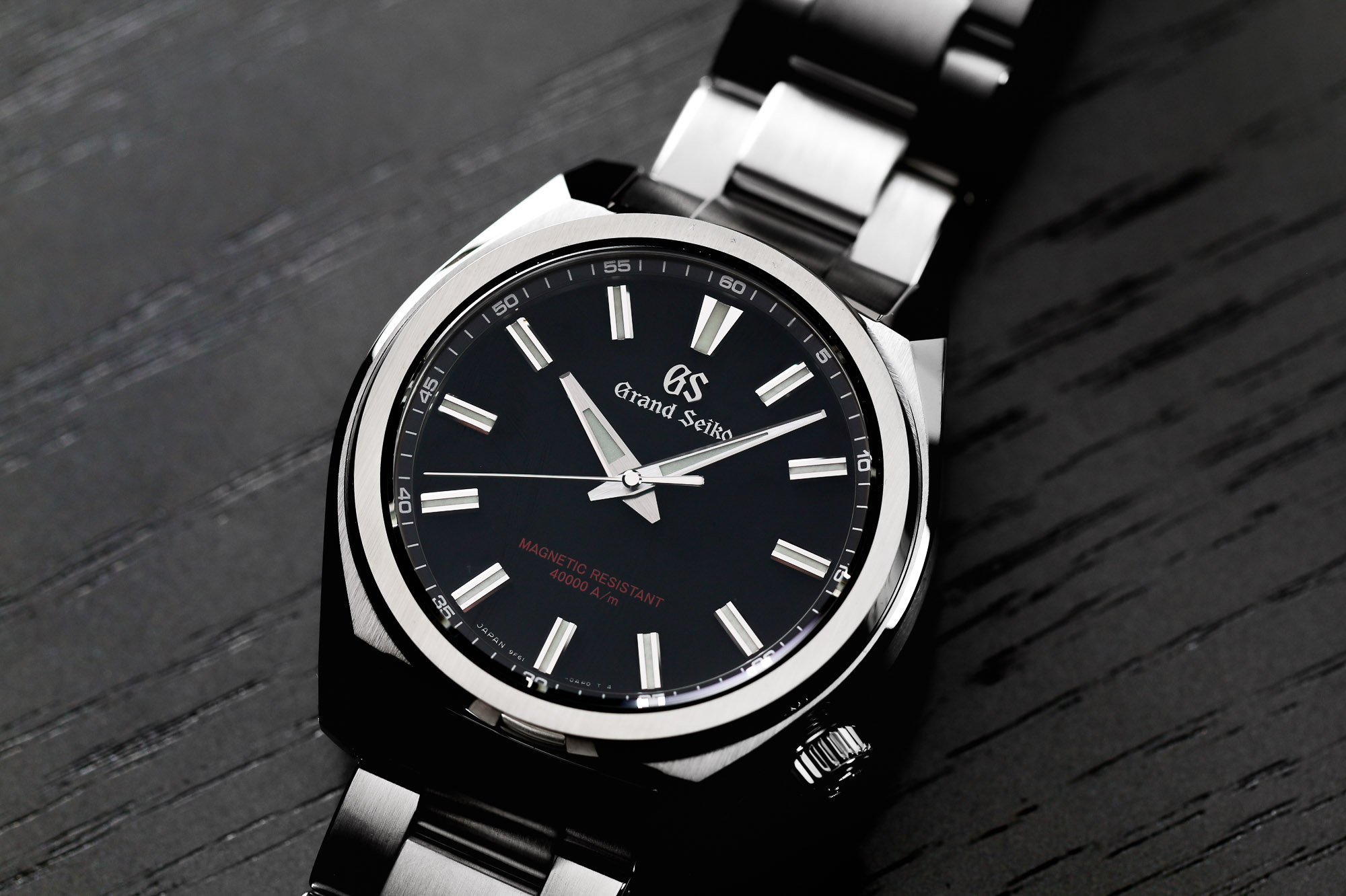Seiko’s Spring Drive technology has revolutionized the world of horology by combining the precision of a quartz movement with the allure of a mechanical watch.
However, when it comes to timekeeping devices, magnetization can be a concern. In this article, we will delve into the fascinating realm of Spring Drive watches and explore their magnetization resistance.

Credit: grandseikogs9club.com
What is Magnetization?
Magnetization refers to the process by which an object becomes magnetized or acquires magnetic properties. It occurs when the magnetic domains within the material align, resulting in a magnetic field around the object. Magnetic fields can be generated by various sources, including permanent magnets, electrical currents, and even everyday objects such as smartphones and laptops.
Spring Drive Technology Explained
Spring Drive technology represents Seiko’s groundbreaking innovation in watchmaking. Unlike traditional mechanical or quartz movements, Spring Drive watches utilize a unique combination of mechanical power, electromagnetic energy, and a quartz oscillator to achieve exceptional accuracy. The delicate balance between these elements results in a smooth sweeping seconds hand, providing a mesmerizing horological experience.
The Impact of Magnetism on Mechanical Movements
In the world of mechanical movements, magnetism poses a significant threat to accuracy. When a watch movement becomes magnetized, the balance wheel’s oscillation is affected, leading to timekeeping errors. External magnetic fields can be found in everyday objects, such as magnetic clasps, speakers, or even airport security scanners. Magnetized movements may experience erratic timekeeping or stop altogether, necessitating demagnetization.
Assessing the Magnetization Resistance of Spring Drive
Seiko understands the importance of anti-magnetic properties in timekeeping devices. Spring Drive watches undergo rigorous testing to ensure their resilience against magnetic fields. Various standards and certifications exist to evaluate a watch’s magnetization resistance, including ISO 764 and the Rolex Milgauss standard. Factors such as the watch’s construction, materials used, and anti-magnetic shielding contribute to the magnetization resistance of Spring Drive watches.
Understanding the Anti-Magnetic Features of Spring Drive
Seiko employs several strategies to enhance the anti-magnetic properties of Spring Drive watches. The use of anti-magnetic materials, such as Parashock and Spron alloys, helps minimize the impact of external magnetic fields. Additionally, shielding techniques, such as iron inner cases, Faraday cages, and soft iron parts, redirect and neutralize magnetic forces. These measures combine to create a formidable defense against magnetization.
Recommendations for Preventing Magnetization
While Spring Drive watches exhibit remarkable magnetization resistance, it is advisable to minimize exposure to strong magnetic fields whenever possible. Avoiding prolonged contact with magnets, magnetic cases, and speakers can help preserve the accuracy of your timepiece. Proper storage and care, such as keeping your watch away from magnetic objects and regularly inspecting its magnetization resistance, are essential to ensure optimal performance. If you suspect your Spring Drive watch has become magnetized, seeking professional demagnetization is recommended.
Frequently Asked Questions
Can Spring Drive watches be affected by magnetic phone cases?
Magnetic phone cases, particularly those with strong magnets, have the potential to affect the accuracy of Spring Drive watches. It is advisable to keep your watch away from such cases or any other magnetic objects to avoid magnetization.
Are there any limitations to Spring Drive’s magnetization resistance?
While Spring Drive watches exhibit high magnetization resistance, extreme and prolonged exposure to strong magnetic fields can still affect their accuracy. Therefore, it is essential to minimize contact with magnets and magnetic sources.
How often should a Spring Drive watch be checked for magnetization?
Routine checks for magnetization are not typically required for Spring Drive watches. However, if you notice significant timekeeping errors or suspect exposure to strong magnetic fields, it is advisable to have your watch professionally tested and demagnetized if necessary. A watchmaker or authorized service center can assess the magnetization resistance and perform demagnetization if required.
Final Verdict
In conclusion, Seiko’s Spring Drive technology showcases impressive magnetization resistance, making it a reliable choice for those seeking accurate timekeeping in the face of magnetic fields. By utilizing a careful balance of mechanical, electromagnetic, and quartz elements, Spring Drive watches offer a unique horological experience with exceptional precision. Seiko’s commitment to anti-magnetic properties, including the use of anti-magnetic materials and shielding techniques, further enhances the watches’ resilience. While it is essential to minimize exposure to strong magnetic fields, Spring Drive watches provide robust protection against magnetization, allowing you to enjoy accurate timekeeping for years to come.
Remember, a Spring Drive watch not only exemplifies Seiko’s dedication to innovation but also represents a harmonious marriage of craftsmanship and technology. So, whether you’re an avid collector or an enthusiast seeking uncompromising accuracy, Spring Drive watches offer a magnetic-resilient timekeeping solution that will captivate and endure.
Explore the world of Spring Drive watches and embrace a horological masterpiece that defies the limitations of magnetization. Your journey to exquisite precision and enduring beauty begins with Seiko’s Spring Drive technology.